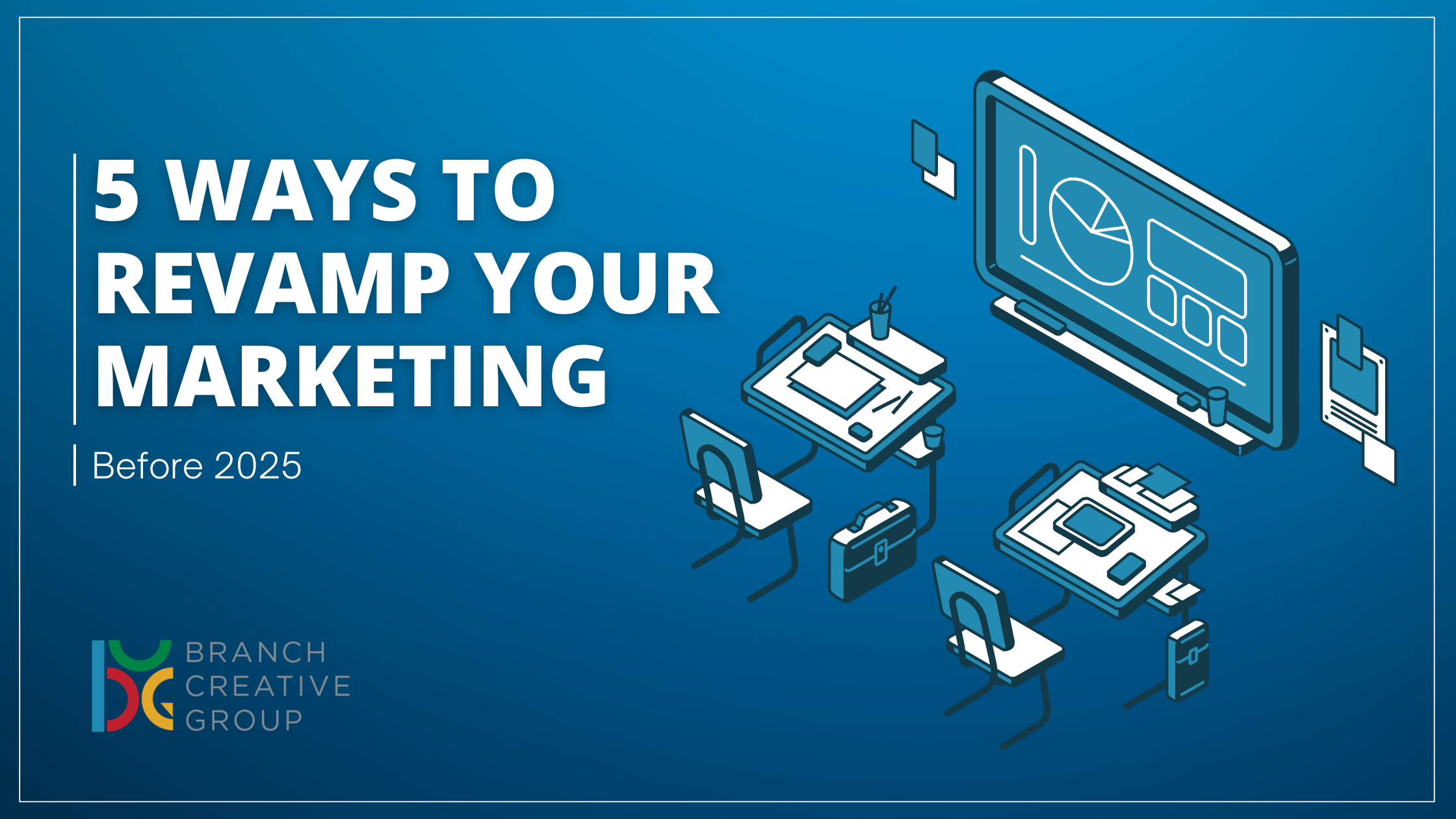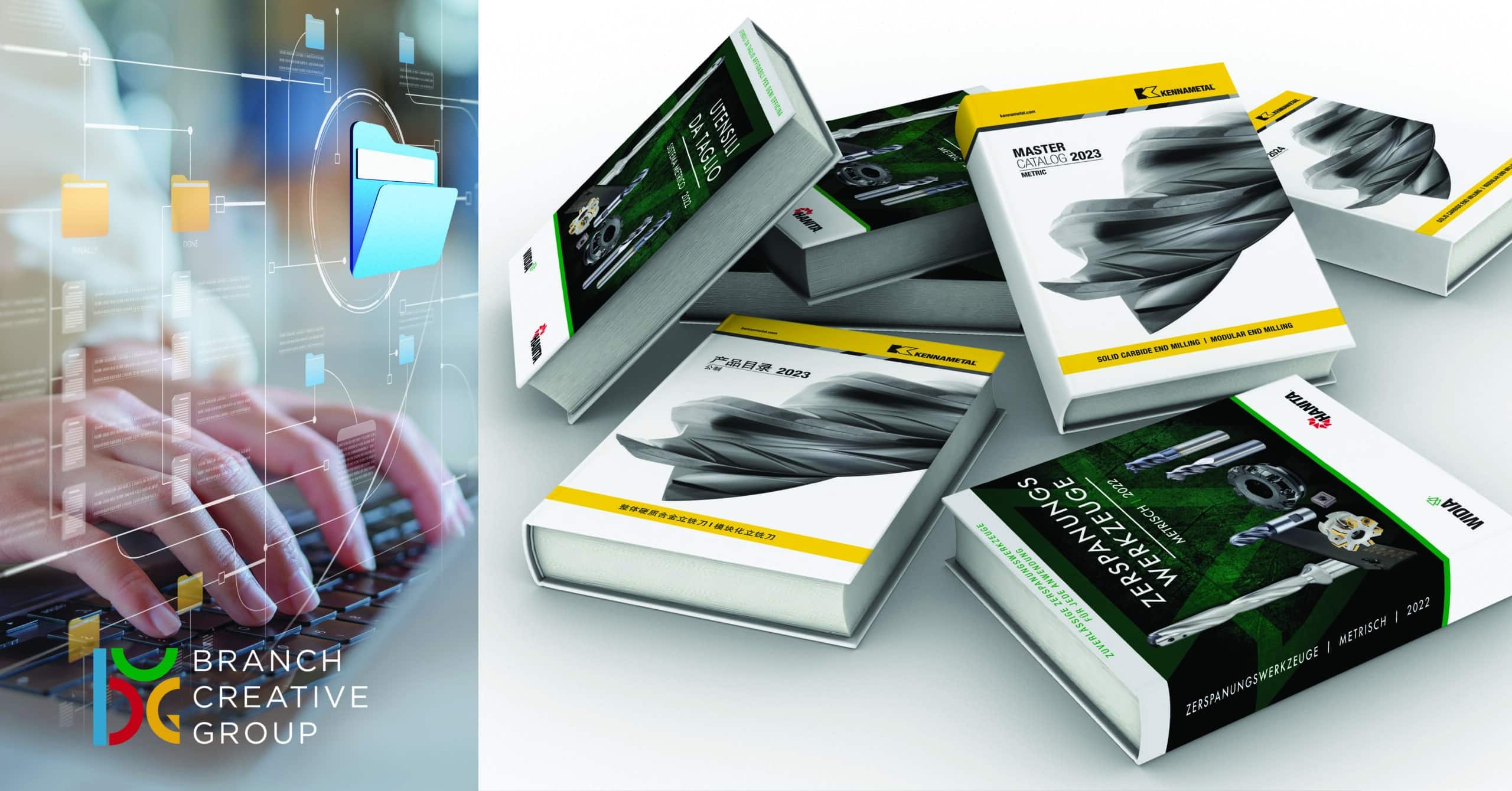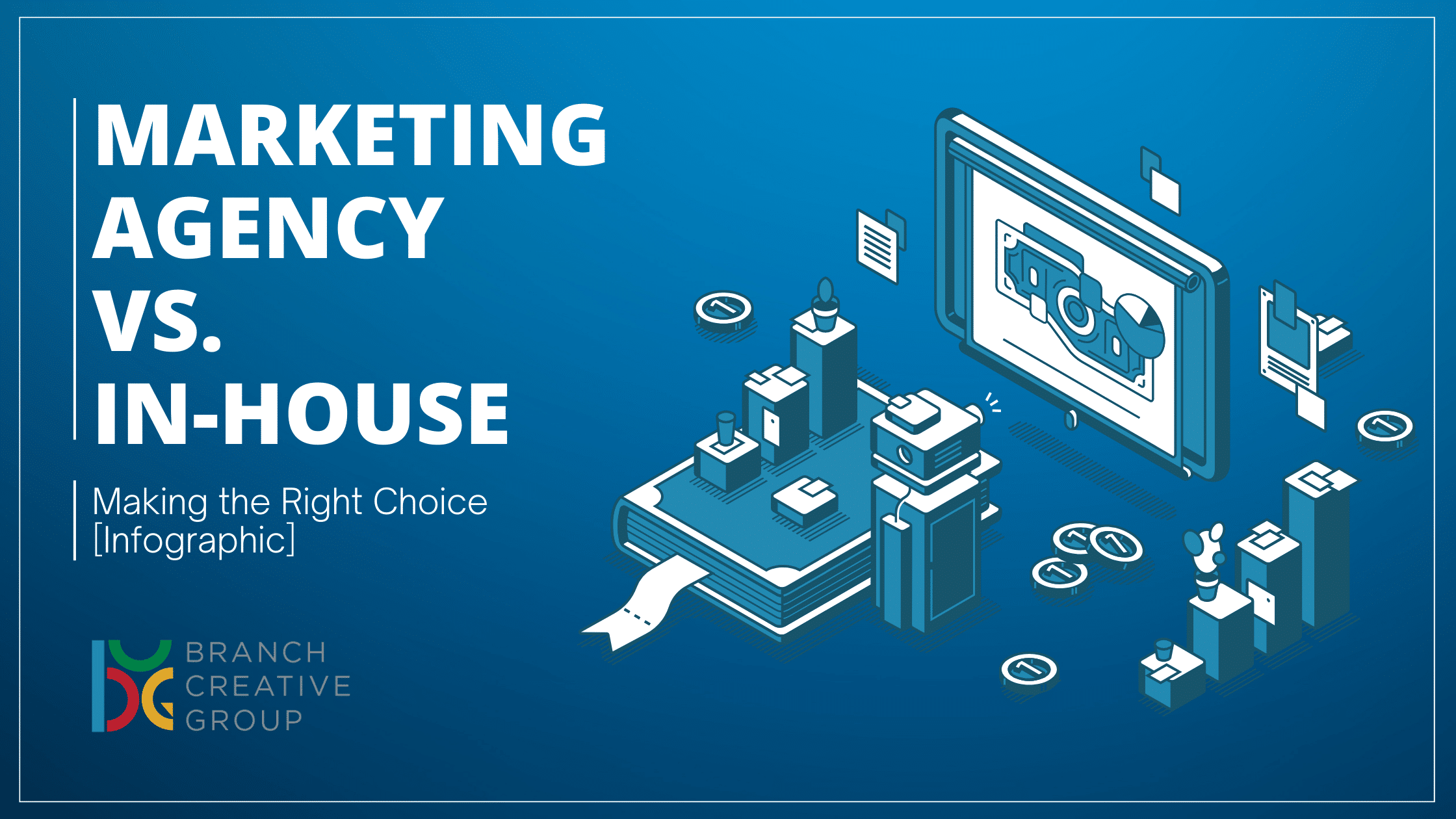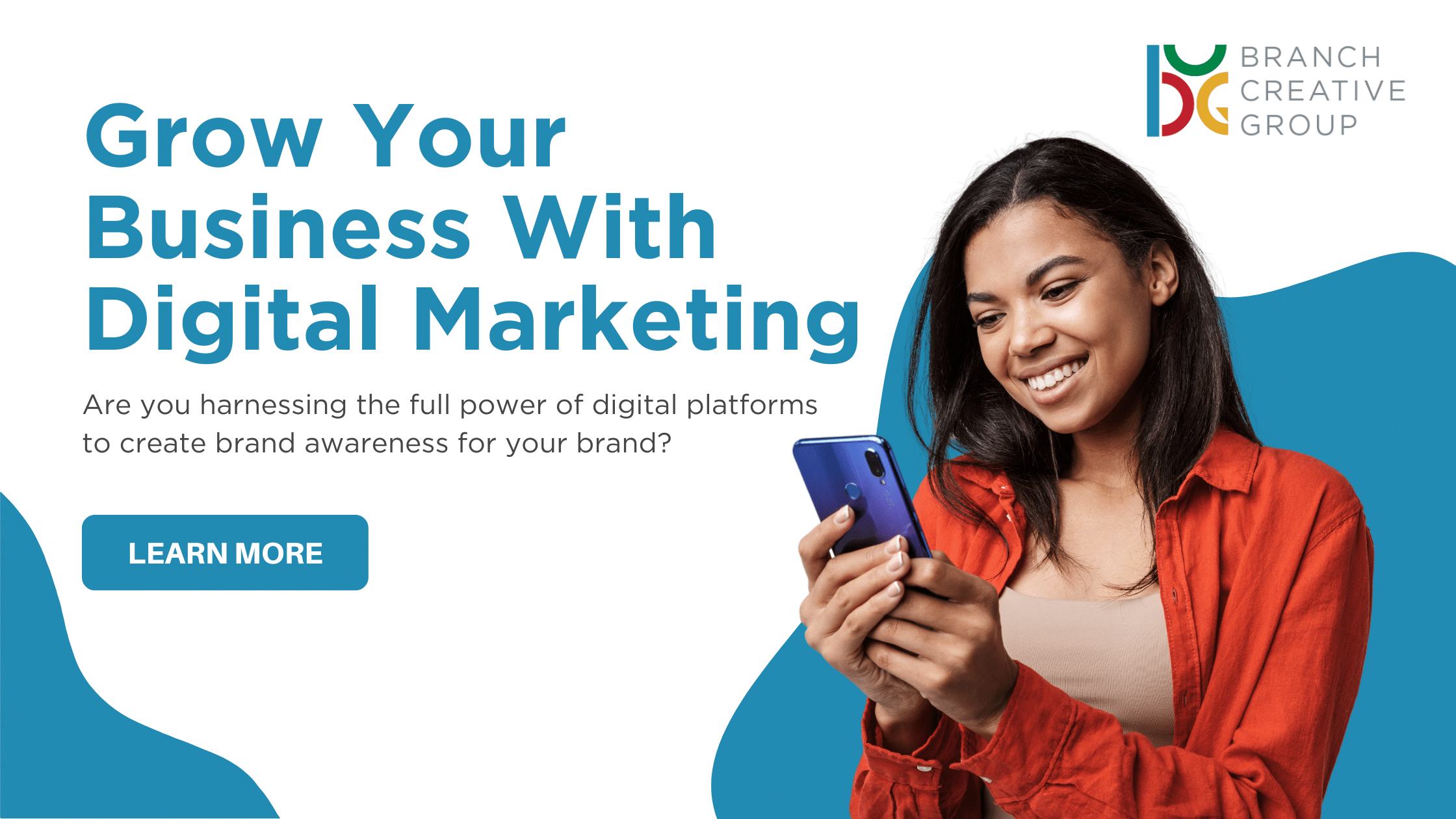Moms know everything. It’s true. But when your mom said, “Stop that funny business,” she was wrong. Showing a sense of humor makes a company inviting and clever. It shows that a business is confident and worthy of notice! When something unusual shakes up our daily routine, we pay attention — especially if it makes us smile or laugh!
Humor is highly effective. For your audience to get the joke, they have to think and interact. It’s the difference between giving a lecture or having a conversation.
What if you’re not funny?
Being funny does not come naturally to everyone, but the more we train our brains to think funny, the more often it will happen.
- Try a swap. According to com, we find humor when “our sense of how things are supposed to be” is contradicted. It’s a surprise that grabs attention. A dog chasing a cat? We’ve all seen it hundreds of times. But a cat chasing a dog? Now that’s funny! “Tell those kids to stop horsing around” or “Tell those horses to stop kidding around.” See, now I’ve made you think.
- Use funny-sounding words. Who doesn’t like to say “onomatopoeia,” “cattywampus,” “snickerdoodle,” or even “pickle”?
- Try puns. An eggstra-ordinary yoke can really crack up your audience.
Is the reward worth the risk?
Humor is not all fun and games. First, you must acknowledge — and fully accept — that using humor in a campaign is definitely taking a risk. Inevitably, someone somewhere, will find a way to be offended. Still, advertisers can’t expect to get noticed by putting people to sleep.
As a test, view your concept through the eyes of people diverse from yourself. While humor can be subjective, if your joke is about a specific population segment (religion, race, gender, handicap), it’s wrong. Scrap it and try another concept. Stick to safe themes to which we can all relate: too much to do, technology gone wrong, being clumsy, having a crush, Murphy’s Law — you get the idea. Make fun of the situation, not the person. You should be able to swap out various people and have your joke still work.
Second, realize that the potential reward can certainly be greater than the risk. Be funny enough and your audience will like-and-share with their friends. They’ll extend your advertising reach for you — free of charge.
Still not convinced? Let me prove it to you.
“Whaaaassuuuup?!” This Anheuser-Busch® ad is so 1999 now, but how many times did you and your friends call each other back in the day to say, “Whaaaassuuuup?!” If you didn’t, whaaaassuuuup with that?
“Where’s the beef?!” If you remember this one, and saw it when it first debuted on January 20, 1984, you’ve remembered it for 37 years! And who said it? Yep, you remember Clara Peller, too. Her name wasn’t even part of the Wendy’s® commercial. Now, that’s staying power.
When Americans were looking to buy big cars, Volkswagen® took a risk in 1960. They made advertising history when Julian Koenig of Doyle Dane and Bernbach scribbled his two now-famous words. Not only did the “Think Small” campaign make big bucks, it was an advertising breakthrough for a company to poke fun at their product. It was honest, approachable, and memorable.
Speaking of breakthroughs, who expected the Kool-Aid® Man to come crashing through the wall? Cheers to Robert Skollar for taking the risk and going with humor. According to mentalfloss.com, Skollar recalled, “…someone on set said that Kool-Aid Man really had to make an entrance, and someone else…suggested he come through the wall.” Did it work? “OH, YEAH!”
Be extra-ordinary.
Producing humor is a great opportunity to exercise your creativity and turn something ordinary on its head. It’s challenging and it keeps us from being bored. So, please, be creative — and have fun!
Steve is co-founder of Branch Creative Group. His professional background includes 25+ years of agency management, direct client engagement, and business development experience. His personal mission is to fully understand the ever-changing needs of each unique client.





